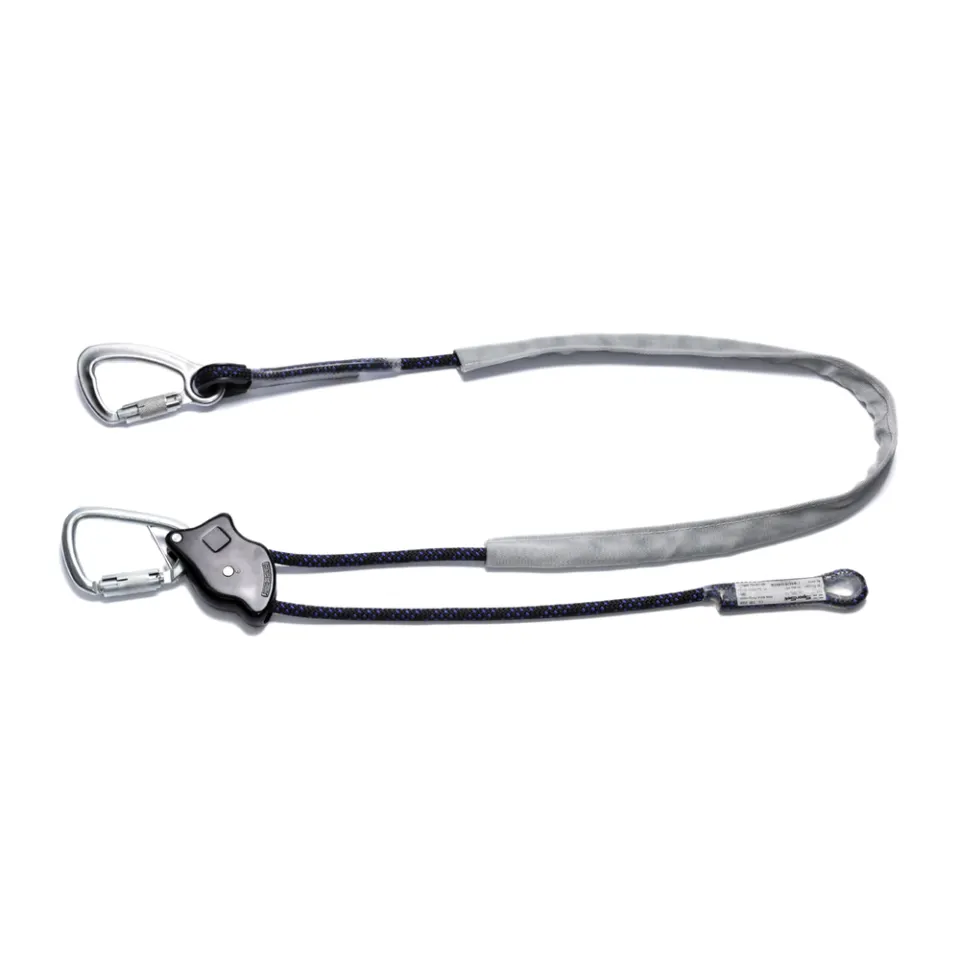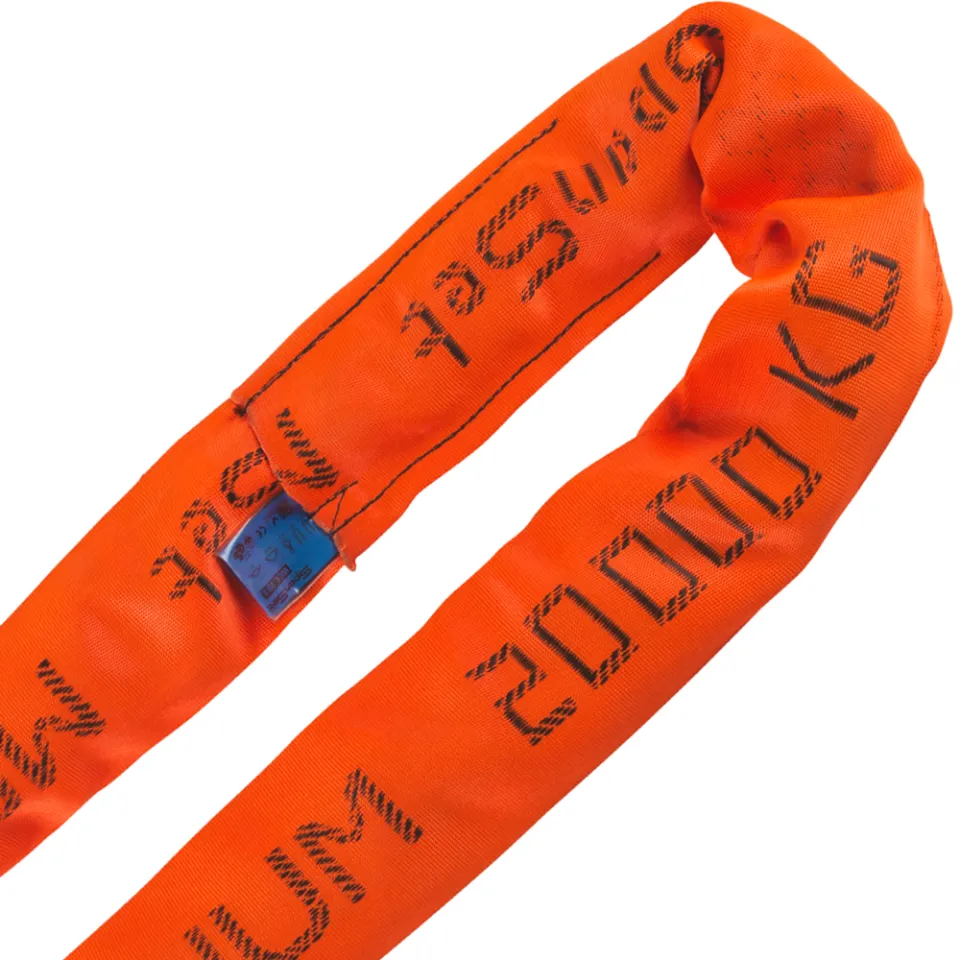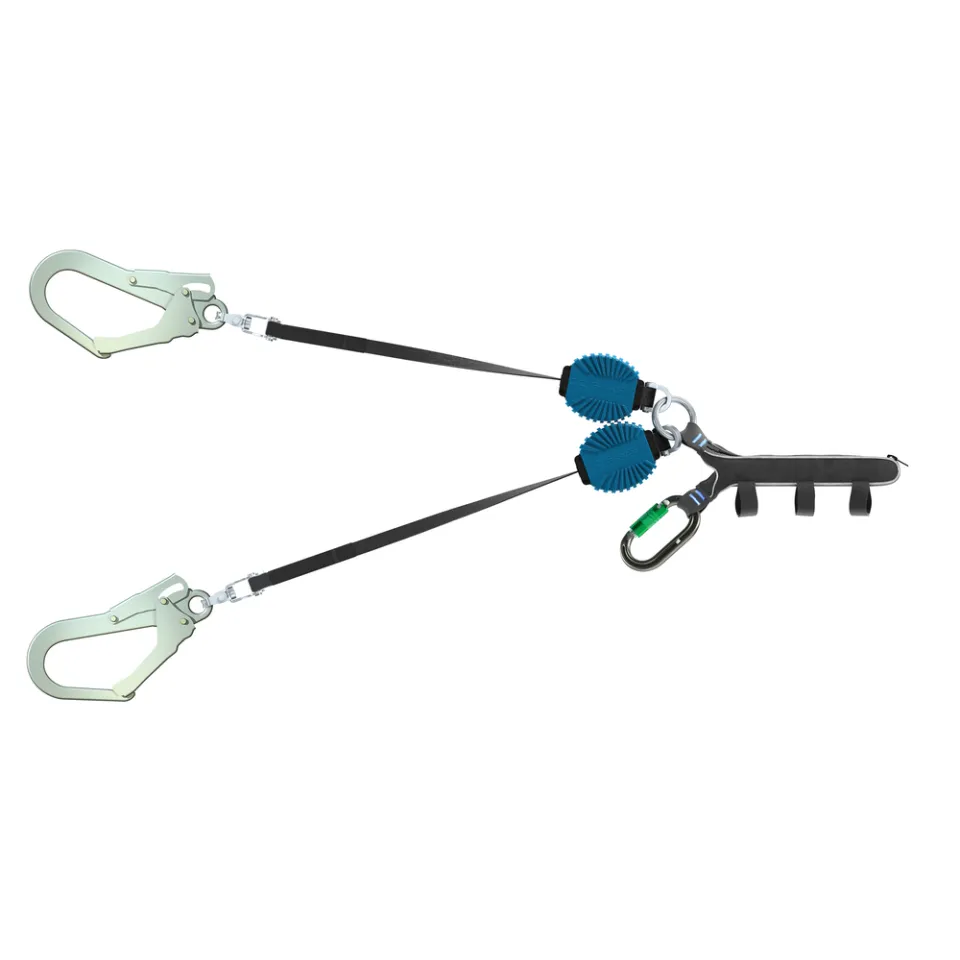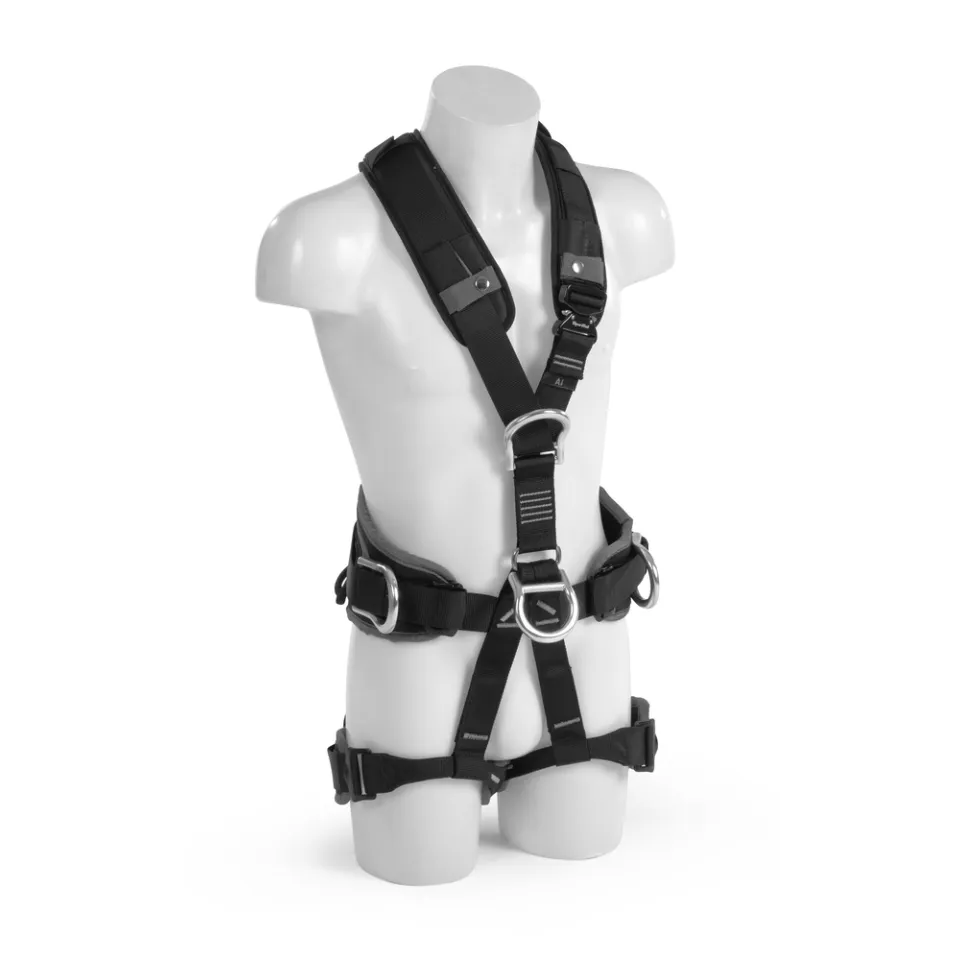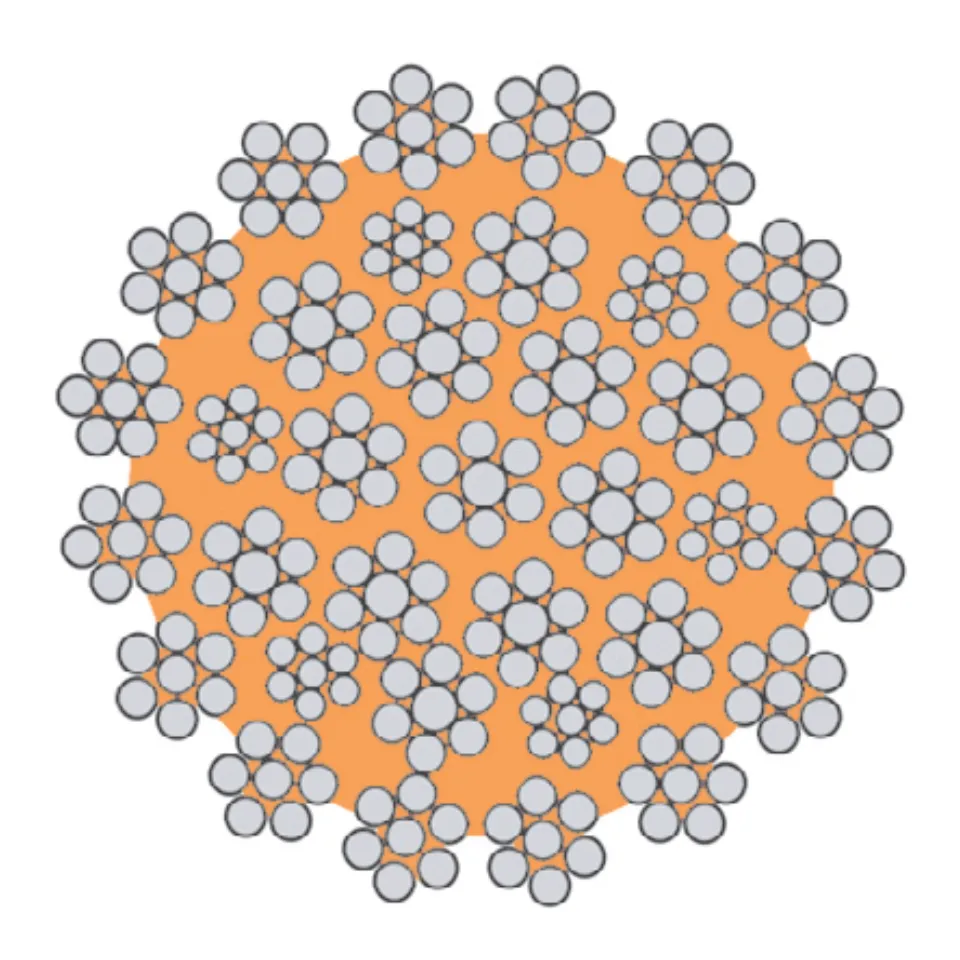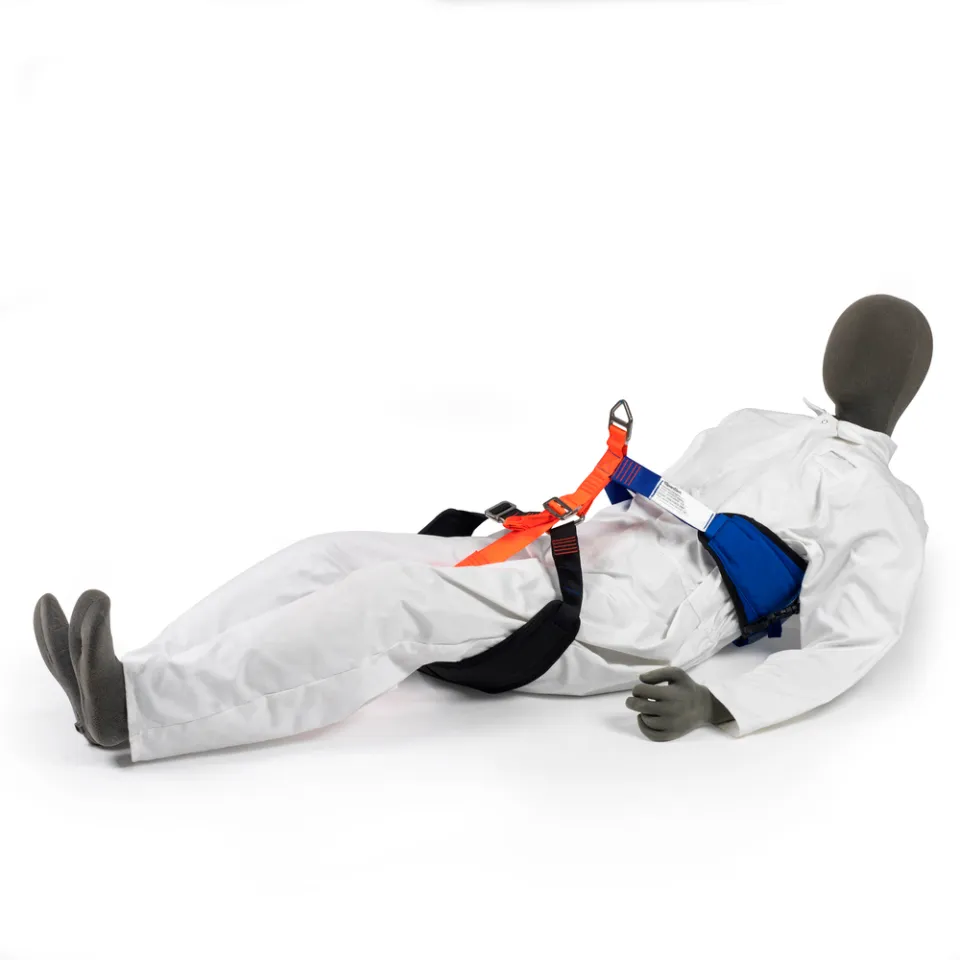According to data from the Indonesian Ministry of Manpower in 2024, around 23% of fatal workplace accidents in Indonesia are caused by falls from height. Dr. Haiyani Rumondang, Director General of Labor Inspection and Occupational Safety & Health, stated, “Competency certification for working at height is not merely a formality, but an absolute necessity to protect workers’ lives in high-risk sectors.”
The working-at-height training certificate issued by Kemnaker serves as official proof of a worker’s competence in managing the risks of working at height.
History and Development of Training in Indonesia
Safety training for working at height in Indonesia has a long history that has evolved alongside industrial growth and labor regulations.
Since 1947, the need for safe, competent workers in construction, mining, and other industrial sectors has grown. However, at that time there were no regulations specifically governing height-safety standards.
Early Height-Safety Training (1947–1990s)
In Indonesia’s early industrial era, height-safety was not a primary concern. Many workers performed tasks at elevated locations without adequate safety equipment, resulting in very high accident risks. Available training focused on technical skills without special emphasis on height-safety.
During the 1980s to 1990s, awareness of workplace safety began to increase. The government, through the Ministry of Manpower, introduced basic safety standards, including personal protective equipment (PPE) like helmets, safety belts, and lifelines. However, regulations for structured height-safety training were still lacking.
Era of Regulation and Standardization (2000s–Present)
Entering the 2000s, Indonesia began aligning with international safety standards. The government took concrete steps by issuing various Occupational Safety & Health (OSH) regulations, including those for work at height.
Key regulatory milestones include:
- 2003: Establishment of the National OSH Committee, which began developing height-safety training standards
- 2012: Issuance of Government Regulation No. 50 of 2012 on the Implementation of the SMK3 (OSH Management System), covering OSH training aspects
- 2015: Adoption of a SKKNI (Indonesian National Workforce Competency Standard) specific to working at height
A pivotal moment occurred in 2016, when Ministry of Manpower Regulation No. 9 of 2016 was officially enacted. This regulation set competency standards for workers at height and mandated their participation in training and certification.
Under this regulation, work at height is defined as any task performed at a location with a vertical difference of more than two meters that carries a risk of serious injury in the event of a fall.
Role of Kemnaker in Standardizing Training
- Regulating and ensuring safety training complies with the Indonesian National Workforce Competency Standards (SKKNI).
- Issuing official certificates recognized across all industries in Indonesia.
- Supervising training institutions to ensure the quality of training provided.
Concept and Purpose of the Kemnaker Working at Height Training Certificate
The Kemnaker Working at Height Training Certificate is official proof of competency for workers at height, aligned with government-mandated occupational safety and health standards. This certification aims to ensure that workers possess the necessary understanding and skills to work safely and comply with applicable regulations.
Training scope covers three main aspects
- Safety Theory
Participants learn work-safety concepts, hazard identification, and accident-prevention procedures for working at height. - Use of Personal Protective Equipment (PPE)
Provides knowledge on selecting, using, and maintaining PPE—such as helmets, full-body harnesses, lanyards, and other support equipment—to ensure optimal performance. - Field Practice
Participants engage in hands-on simulations of safe work techniques at height, including rope-access systems, scaffolding, and emergency rescue methods.
Main Training Objectives
Working-at-height training has several primary objectives focused on safety and enhancing workforce competence, namely:
- Enhancing Safety Awareness
Provide a comprehensive understanding of the importance of working-at-height safety and the worker’s obligation to implement OSH (Occupational Safety and Health) procedures. - Reducing Accident Risks
Through standards-based training, workers become better prepared to identify and manage potential hazards, thereby minimizing the likelihood of accidents and injuries on-site. - Improving Technical Competence
Equip workers with the necessary skills, including self-protection techniques, emergency rescue procedures, and effective use of safety equipment.
Training and Certification Process for Kemnaker Working at Height
Participant Requirements and Criteria
To attend the working-at-height training and certification organized by Kemnaker, participants must meet administrative and technical requirements. Key criteria include:
- Age and Health: Minimum 18 years old and in good physical condition, evidenced by a doctor’s Health Certificate.
- Educational Background: Different training types have varying education requirements.
- Work Experience: For certain certification levels, experience in occupational safety and health (OSH) at height is required, documented by a company letter.
- Supporting Documents: Participants must have valid ID and other supporting documents, such as a passport photo and prior OSH training certificates, if any.
Training Content and Methodology
The working-at-height training covers materials designed to equip participants with theoretical knowledge and practical skills. Core modules include:
- Safety Theory
- Regulations and safety standards for working at height.
- Identification of potential hazards and mitigation methods.
- Safe work principles and emergency rescue procedures.
- Use of Personal Protective Equipment (PPE)
- Types of PPE used for working at height.
- Techniques for using, maintaining, and inspecting PPE.
- Standards for equipment use and testing.
- Field Practice and Emergency Simulation
- Installation techniques for fall protection systems.
- Use of aids such as rope access and scaffolding.
- Emergency rescue simulations in real-life scenarios.
Evaluation and Competency Examination
To obtain the official certificate, participants must undergo evaluation. The competency exam includes:
- Theoretical Exam: Assesses understanding of regulations, safety procedures, and safe work principles at height.
- Instructor Assessment: Instructors continuously evaluate participants’ skills and readiness to apply safety standards during training.
Certificate Issuance Procedure
After passing the competency exam, the official certificate is issued by Kemnaker through the following steps:
- Exam Verification: Examiners review theory and practical exam results to ensure participants meet competency standards.
- Administrative Processing: Successful participants are registered in the national certification system and their certificates are processed.
- Issuance: Certificates are issued in physical and/or digital form and provided to participants as official proof of their working-at-height competency.
Benefits of the Kemnaker Working at Height Training Certificate
Enhanced Competence and Workplace Safety
The working-at-height certificate issued by Kemnaker guarantees that workers possess competence in line with safety standards.
According to a 2023 study by the Kemnaker OSH Center, companies implementing comprehensive certification programs saw a 73% reduction in height-related workplace accidents over two years.
With training covering both theory and practice, participants learn safety procedures, proper use of personal protective equipment (PPE), and safe work techniques. This helps workers be better prepared for potential hazards at height and reduces accident risks.
Competitive Advantage for Workers
Holding an official Kemnaker certificate enhances a worker’s credibility and competitiveness in the industry. According to a 2024 survey by the Indonesian Construction Workers Association (APKI), workers with Kemnaker Level 2 certification or higher receive offers of 27% higher wages on average compared to non-certified peers.
Many companies prefer certified personnel because they have proven they meet required safety and competency standards.
- Opens wider job opportunities, with 83% of construction firms and 91% of oil & gas companies requiring this certification
- Official recognition of specialized skills and competencies
- Ensures workers understand safety procedures that meet standards
- Clearer career progression with promotion opportunities three times greater
Positive Impact for Companies
For companies, employing certified personnel ensures compliance with Occupational Safety and Health (OSH) regulations. According to Ministry of Manpower data, companies with at least 80% certified height-work personnel experienced:
- Reduction in work-accident insurance premiums by up to 25%
- Decrease in lost time injury days by up to 62%
- Average productivity increase of 17% due to smoother and safer operations
- Measurable reputation boost, with an average client satisfaction index of 4.7/5
Deploying trained and certified workers not only enhances productivity but also reduces workplace accidents that can impact company operations and costs.
Deploying trained and certified workers not only boosts productivity but also reduces workplace accidents that can impact company operations and costs.
Comparison: Kemnaker Certificate vs. International Certifications
There are differences between certification issued by the Indonesian Ministry of Manpower (Kemnaker) and international certifications from global bodies. Below is a key comparison:
| Aspect | Kemnaker Certificate | International Certification |
| Standards & Regulations | Based on national regulations, such as Ministry of Manpower Regulation No. 9 of 2016 on OSH for Work at Height. | Follows global standards, such as OSHA (Occupational Safety and Health Administration) or ISO (International Organization for Standardization). |
| Evaluation Procedure | Includes theory and practical training followed by a competency exam per Kemnaker guidelines. | Varies by issuing body, typically intensive training plus a rigorous certification exam. |
| Recognition | Nationally recognized and mandatory for work at height in Indonesia. | Internationally recognized, facilitating work across countries. |
| Cost & Duration | Relatively affordable, with training length tailored to local industry needs. | Generally higher cost, with duration varying based on the standard. |
Equivalency Procedures with International Certifications
For workers holding a Kemnaker certificate who seek international recognition, several equivalency paths are available:
- IRATA Bridging Program: Kemnaker Level 2 or 3 certificate holders can attend a 3-day bridging course and exam to obtain IRATA Level 1. Offered in Jakarta, Batam, and Balikpapan, costing approx. Rp 8–10 million.
- SPRAT Partial Recognition: Kemnaker Level 3 holders may apply for SPRAT Level 1 recognition by taking only the practical exam (no full course required).
- ASEAN MRA: Since 2023, Indonesia has signed mutual recognition agreements with five ASEAN countries (Malaysia, Singapore, Thailand, Vietnam, and the Philippines), allowing Kemnaker certificates to be recognized there via a simple verification process.
Challenges and Opportunities
- Challenges:
- Awareness & Compliance: Some workers and companies still lack awareness of height certification importance, resulting in suboptimal compliance.
- Access to Quality Training: Uneven access, especially in remote areas, can hinder competency development.
- Cost & Time: For SMEs, training costs and time away can be a burden.
- Opportunities:
- Improved Safety: Certification minimizes accident risks, creating safer workplaces.
- Global Competitiveness: Internationally certified workers have better opportunities abroad, boosting Indonesia’s workforce competitiveness.
- Company Reputation: Hiring certified workers demonstrates a commitment to safety, enhancing reputation with clients and partners.
Conclusion
The Kemnaker Working at Height Training Certificate is a national competency standard essential for anyone working at height. With proper training, workers can perform more safely, enhance professionalism, and unlock greater career opportunities.
Ensure your safety standards by obtaining the official Kemnaker Working at Height Certificate. Contact us for more information on training schedules, costs, and registration procedures.
